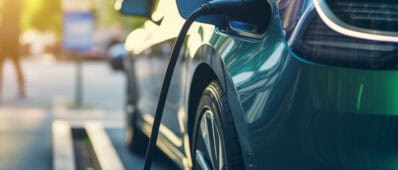Abstract
The COVID-19 pandemic occasioned significant financial distress and uncertainty for many U.S. transit operators. In the face of this crisis, the federal government provided substantial supplemental operating support. To understand how this fiscal turmoil and relief have affected U.S. transit systems, we conducted two nationwide surveys of transit agency staff in 2020 and 2021-2022. While pandemic-induced financial shortfalls affected service in 2020, with capital projects delayed too, these effects became much more muted by 2021/2022. Most systems reported moderate to substantial increases in federal funding during the pandemic, more so than other funding categories. However, nearly half foresee financial shortfalls once federal relief funding expires. Agencies with higher pre-pandemic ridership and farebox recovery are particularly affected by fare revenue losses and are more likely to anticipate shortfalls. In the near term, difficulty hiring and retaining front-line workers was a pressing concern, while very few had plans to maintain pandemic fare suspensions.



